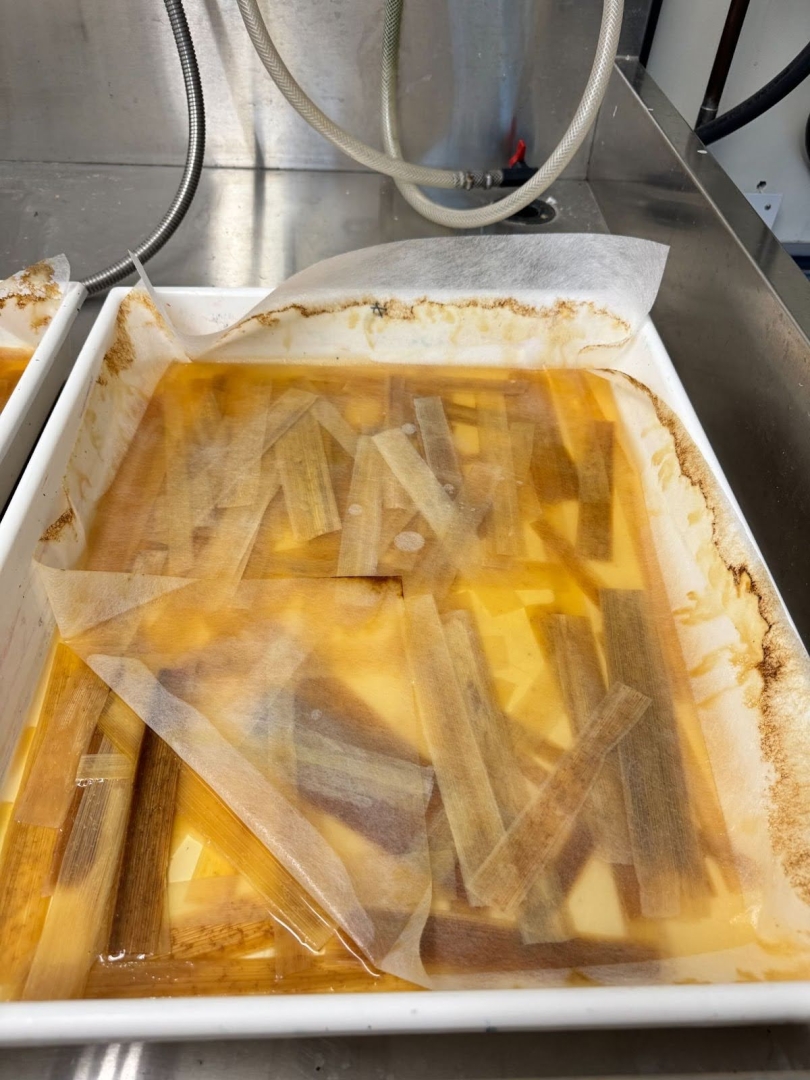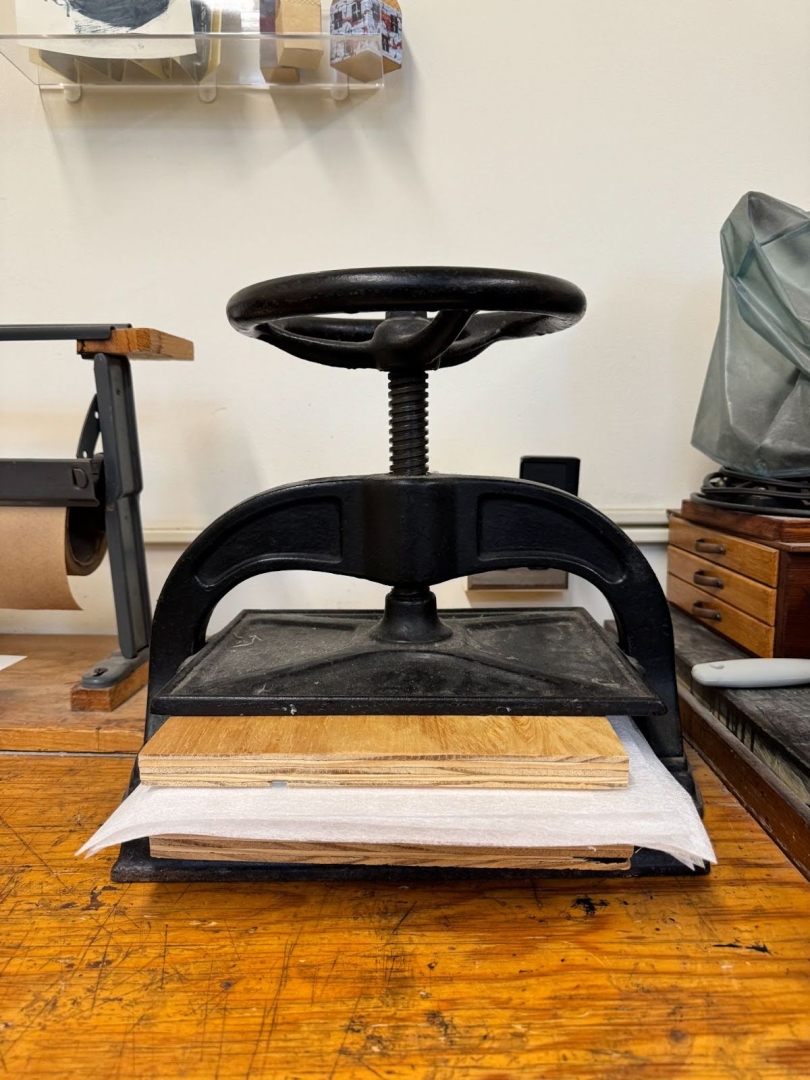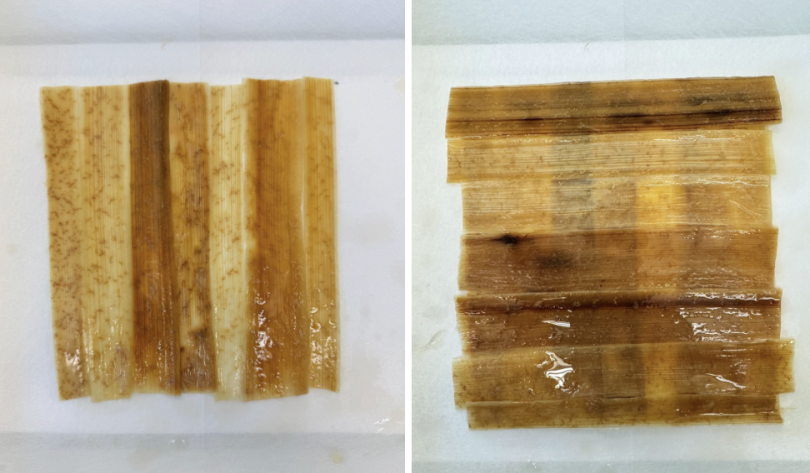
My Hands-On Final Project!
Before this term, I was no stranger to the Book Arts Workshop here on campus. I've been on visits with my Classics and Latin classes in the past to write with reed pens and lamp-black ink, stitch together our own books, and even use the printing press for a previous final project! So when it came time to think about what I wanted to do for my final project in my Greek and Roman Engineering and Technology class (CLST 12.02) this term, I knew I wanted to do something tactile in the workshop.
I had lots of choices—I considered experimenting with ink, especially after learning a lot about ancient ink-making from guest speaker Richard Spelker this term. I was inspired by his experiments, but wanted to work with something I didn't know as much about.
My project ended up being inspired by one of my fellow students' presentations on papyrus. In CLST 12.02, each student takes on a specific ancient technology or engineering feat and explains it to the class. While listening to the presentation on ancient writing technologies, I realized that although I had translated many papyri, I had never actually thought about how they were made.
To start, I reached out to my friends at Book Arts and asked them for some logistical guidance. I was sent a link to a vendor in Egypt selling raw papyrus strips, and I added them to my cart without hesitation. Two weeks later, the strips arrived in the mail. They looked a bit like corn husks, and I wasn't quite sure what I had gotten myself into—but I was excited to get started! After reading a few articles on the topic, I decided to experiment with different types of water and see how they impact the bonding of the papyrus sheet. To accomplish this, I had to collect some water from Occom Pond.

My other batches were a control, and one that I plan on adding starch paste to during the assembly process.
Although this project is still in progress, I wanted to write about it on my blog because it has been one of my favorite academic endeavors at Dartmouth. It's incredibly rewarding to see the things I've read about happen in front of my eyes, and know that I'm the one who did it! But I couldn't have done it on my own—I have to thank everyone from the Book Arts Workshop, the great people at Dartmouth Library's Conservation Lab, and my professor for allowing me to take on this project.

I don't have a final result yet, but once I do, I'll be sure to write another post sharing what I find. Until then, I'll leave you all with some images from the papyrus assembly process. I can't wait for my sheets to dry so I can test out writing on them!

















